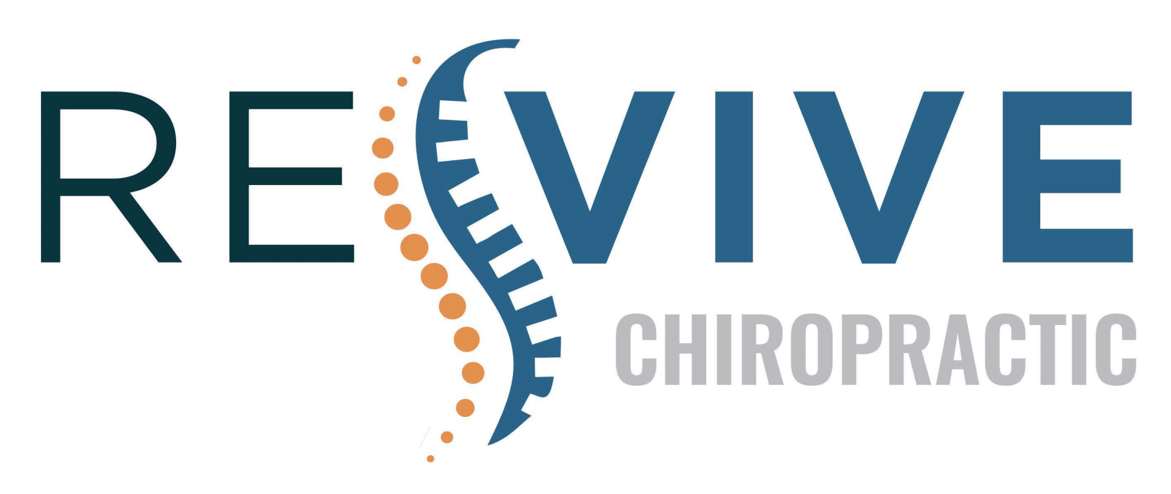When you experience a sports injury, it's essential to explore effective treatments tailored to your recovery needs. You might consider options like physical therapy techniques that restore mobility, or simple yet effective ice and heat therapy to manage pain. Medications can also provide relief, but what about alternative therapies and innovative treatments? Understanding the full spectrum of available options can guide your recovery journey, yet many athletes overlook some of the most effective solutions. Let's examine these treatments more closely to guarantee you're making informed choices for your rehabilitation.
Physical Therapy Techniques
When it comes to sports injuries, physical therapy techniques play an essential role in your recovery. These techniques not only promote healing but also help restore strength and flexibility, allowing you to return to your favorite activities sooner and safer.
One key method you might encounter is manual therapy, which involves hands-on manipulation of muscles and joints. This technique helps reduce pain and improve mobility, making it an effective option for many injuries.
You'll also benefit from therapeutic exercises tailored to your specific needs. These exercises focus on strengthening the affected area, enhancing overall coordination, and improving balance. Your physical therapist will guide you through a customized program that progresses as your recovery advances, ensuring you're challenged but not overwhelmed.
Another technique to evaluate is neuromuscular re-education, which helps your body relearn proper movement patterns. This approach is especially beneficial if you've developed compensation habits due to pain or weakness, as it teaches you how to move correctly and avoid reinjury.
Additionally, your therapist may incorporate modalities like electrical stimulation to alleviate pain and facilitate muscle activation. This can be particularly useful in the early stages of recovery when you're experiencing significant discomfort.
Ice and Heat Therapy
Applying ice and heat therapy can be a game-changer for managing sports injuries. Both methods serve distinct purposes, and knowing when to use each can greatly speed up your recovery process.
When you first sustain an injury, ice therapy is your best friend. Applying ice reduces swelling and numbs pain. Wrap ice or a cold pack in a towel, and apply it to the injured area for about 15-20 minutes every hour. This helps constrict blood vessels, limiting inflammation.
Just be sure not to apply ice directly to your skin to avoid frostbite.
After a few days, once the swelling subsides, you can switch to heat therapy. Heat increases blood flow to the area, promoting healing. Using a heating pad or warm towel, apply heat for 15-20 minutes at a time.
This can help relax tight muscles and alleviate stiffness, making it easier to move again.
It's essential to listen to your body. If you notice increased pain or swelling when using ice or heat, you might need to modify your approach.
Additionally, consider alternating between ice and heat, especially during the later stages of recovery. This can provide a balanced approach to pain relief and healing.
Incorporating ice and heat therapy into your recovery routine can enhance your overall treatment plan, ensuring you get back to your favorite activities sooner and stronger.
Medication and Pain Relief
While you're managing a sports injury, medication can play an essential role in alleviating pain and promoting recovery. Over-the-counter medications, like non-steroidal anti-inflammatory drugs (NSAIDs), are often your first line of defense. These can help reduce inflammation and relieve pain, allowing you to return to your activities sooner. Ibuprofen and naproxen are common choices that you can easily find at your local pharmacy.
If your pain is more severe, your doctor might prescribe stronger pain relief medications. Opioids, while effective for acute pain, should be used cautiously due to their addictive nature. Always follow your healthcare provider's instructions and discuss any concerns you may have about these medications.
In addition to pain relief, certain topical treatments can also be beneficial. Creams and gels containing ingredients like menthol or capsaicin can provide localized relief without the systemic effects of oral medications. Applying these directly to the affected area can help numb discomfort and promote healing.
Don't forget about the importance of combining medication with other treatment strategies. While pain relief is essential, it's equally important to address the underlying cause of your injury. Rest, physical therapy, and rehabilitation exercises work hand-in-hand with medication to guarantee a full recovery.
Always consult with a healthcare professional before starting any medication regimen, especially if you have pre-existing conditions or are taking other medications. They can help you navigate the best options tailored to your specific needs.
Alternative Therapies
Many athletes seek alternative therapies to complement traditional treatments for sports injuries. These therapies can enhance your recovery process and help you regain strength and mobility. Among the most popular options are acupuncture, chiropractic care, and massage therapy.
Acupuncture involves inserting thin needles at specific points on your body. This technique aims to promote healing by increasing blood flow and reducing inflammation. Many athletes report significant pain relief and improved range of motion after just a few sessions.
Chiropractic care focuses on the musculoskeletal system, particularly the spine. By realigning your spine and joints, a chiropractor can help alleviate pain and improve your overall body function. Regular adjustments can also prevent injuries by maintaining proper alignment and flexibility.
Massage therapy is another effective alternative. Different techniques, such as deep tissue or sports massage, can help relieve muscle tension and enhance circulation. This can speed up recovery by flushing out toxins and delivering oxygen to your muscles.
Plus, it's a great way to relax and reduce stress, which can be beneficial during your recovery journey.
Lastly, consider incorporating yoga or Pilates into your routine. These practices promote flexibility and strength, which can help prevent future injuries. They also encourage mindfulness and body awareness, helping you listen to your body's needs during recovery.
Incorporating these alternative therapies into your treatment plan can support healing and improve your overall athletic performance.
Innovative Treatment Options
Exploring innovative treatment options can greatly enhance your recovery from sports injuries. One of the most exciting advancements is platelet-rich plasma (PRP) therapy. This technique involves drawing your blood, processing it to concentrate the platelets, and injecting it back into the injured area. The growth factors in PRP can accelerate healing, reduce inflammation, and improve overall recovery time.
Another cutting-edge option is stem cell therapy. This treatment utilizes stem cells to repair damaged tissues, offering a promising alternative to surgery for certain injuries. By harnessing the body's natural healing abilities, stem cell therapy can promote regeneration and reduce pain.
If you're looking for a more technology-driven approach, consider cryotherapy. This method exposes your body to extremely cold temperatures for a short period, which can help reduce swelling and inflammation. Many athletes swear by cryotherapy for speeding up recovery and alleviating pain.
Additionally, virtual reality (VR) rehabilitation is making waves in injury recovery. VR can create an immersive environment to help you practice movements and regain strength without risking further injury. It's an engaging way to stay motivated during rehabilitation.
Lastly, biofeedback training allows you to gain insight into your body's responses to pain and stress. By learning to control these responses, you can enhance your overall recovery process.
Conclusion
In summary, finding the right treatment for your sports injury is essential for a speedy recovery. Whether you opt for physical therapy techniques, ice and heat therapy, or innovative options like PRP therapy, each approach plays a significant role in your rehabilitation. Don't forget to take into account alternative therapies that can complement your recovery. By exploring these various treatments, you'll set yourself up for a successful return to your favorite activities and sports.



